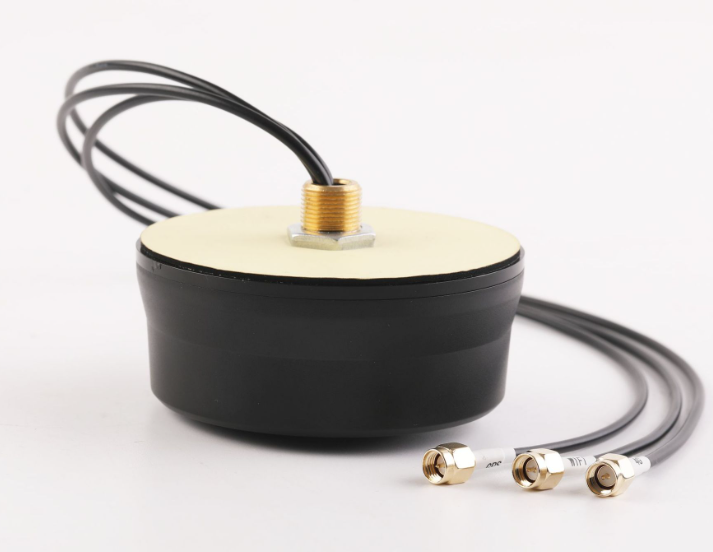Gps Antenna wiring
With the wide application of Global Positioning system (GPS) technology, as the key equipment to receive GPS signals, the performance and installation quality of GPS antenna directly affect the positioning accuracy and reliability. The routing technology of GPS antenna is an important link related to the performance of the whole GPS system. This paper will discuss the relevant key points of GPS antenna routing technology, including design, installation, optimization and other aspects, in order to provide reference for related research and application.

Overview of GPS Antenna
GPS antenna is an important part of GPS receiving equipment. Its main function is to convert the received GPS satellite signal into electrical signal for subsequent processing. The performance parameters of GPS antenna include gain, polarization mode, axis ratio and so on. These parameters directly affect the reception quality of GPS signal. When selecting GPS antenna, it needs to be comprehensively considered according to the actual application scenarios and requirements.
GPS Antenna wiring Technology
1. Principles of alignment design
The wiring design of GPS antenna should follow the principle of simplicity and standardization. The loss of signal transmission, anti-interference ability, flexibility and other factors should be considered in the design. Reasonable planning should be carried out according to the on-site environment and equipment layout to ensure that the alignment is beautiful and easy to maintain.
2. Alignment mode
The wiring mode of GPS antenna includes overhead, buried, piercing and so on. In practical application, the appropriate routing mode should be selected according to environmental conditions and equipment requirements. In outdoor environment, overhead wiring is more common, which has the advantages of convenient construction and low cost, while in indoor or underground environment, piercing routing is more suitable, which can effectively avoid external interference.
3. Route selection and layout
When choosing the routing path of GPS antenna, we should avoid interference sources, such as high voltage wires, large metal equipment, etc., the line layout should be as short and straight as possible to reduce the signal transmission loss, and consider the protection and fixation of the line to ensure the safety and stability of the line.
Key points of GPS Antenna wiring installation
1. Fixed lines
In the process of GPS antenna wiring installation, to ensure that the line is firmly fixed and avoid loosening or falling off, it is also necessary to pay attention to the bending radius of the line to avoid excessive bending leading to line damage or signal attenuation.
2. Lightning protection and grounding
In order to prevent lightning damage to GPS antennas and lines, lightning protection facilities should be set up near the antenna and ensure good grounding of the lines, and the effectiveness of lightning protection facilities should be checked regularly to ensure that they can work properly.
3. Maintenance
For the installed GPS antenna wiring, it is necessary to carry out regular maintenance, check the integrity of the line, tighten the connection of the line, clean up sundries near the line, pay attention to the changes of the environment around the line, and take timely measures to deal with the factors that may affect the performance of the line.
Optimization measures of GPS Antenna routing
1. Select high performance wire.
In order to improve the transmission quality of GPS signal, high-performance cable can be selected. High-performance cable has the advantages of low loss and high shielding effect, which can effectively improve the transmission quality of the signal.
2. Optimize the layout of lines
By optimizing the line layout, the signal interference and loss can be reduced, the line can be arranged in the area far away from the interference source as far as possible, and the shielding layer can be used to protect the line.
3. Real-time monitoring and adjustment
By real-time monitoring the performance and line status of the GPS antenna, the problems can be found and solved in time. The receiving performance of the antenna can be monitored in real time by using the monitoring equipment, and the line can be adjusted and optimized according to the monitoring results.
This paper introduces the relevant key points of GPS antenna wiring technology, including design, installation, optimization and so on. In practical application, it is necessary to make reasonable planning according to the field environment and equipment requirements to ensure that the performance of GPS antennas and lines can be brought into full play, and attention should be paid to maintenance and real-time monitoring and adjustment to ensure the stable operation of the whole GPS system. I hope that through the discussion of this article. It can provide reference for research and application in related fields.





